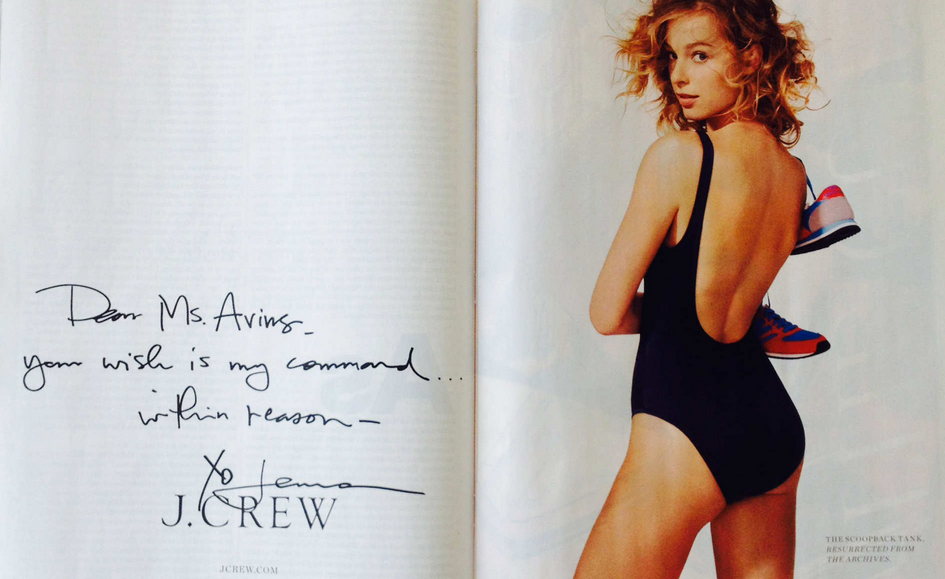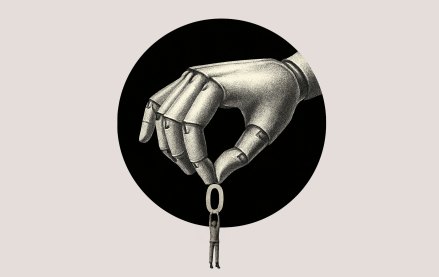Save 50% on a 3-month Digiday+ membership. Ends Dec 12.

Scott Smith is vp of content marketing at Cramer-Krasselt in Chicago. Ryan McKone is vp, digital strategy director at Cramer-Krasselt in New York.
Twenty years ago, the first banner ad went live and was an unqualified success. Writing about that first banner in The Guardian, its designer Joe McCambley credited its effectiveness to an integrated, experience-focused approach that put the reader first. But in the years since, banner ads have lost most of their usefulness in an environment that trades impressions for engagement. At the end of his piece, McCambley says banner ads need “to get back to asking customers: How can I help you?”
Marketers seem to be repeating these same banner mistakes with social media. What began as an opportunity for one-to-one conversation with people is now driven by like-based metrics that only satisfy the needs of a brand’s messaging strategy. What users really want and need runs second to the scaled-based approach that killed the value of the banner.
New social and mobile environments, a more informed consumer, a marked increase in the number of marketing messages broadcast each day all add up: Rather than using tactics that go for the click, marketers should use their unprecedented access to data and conversations to provide branded solutions that drive awareness and consideration.
L’Oréal recently did this with its line of grab-and-go nail polish kiosks in airports and subway stations. These are environments where women need to connect with a brand that can solve a common problem: the need for a quick manicure as you’re running late for a flight or work. Banners can be useful here if they’re location-targeted to a user who is spending a few minutes browsing her social feed. It’s the kind of solution brands discover when they ask consumers what they need rather than tell them.
Sometimes merely listening reveals a new product opportunity. J. Crew did this when a New York magazine writer begged the brand to bring back its scoop-back tank swimsuit. Not only did J. Crew bring the bathing suit back, they took out a full page print spread in New York to publicize it — with a personal note from J. Crew creative director Jenna Lyons. New York later wrote about the move for its fashion blog The Cut.
Both of these campaigns give marketers something they need more of in the coming era of zero organic Facebook reach: earned media. Digital initiatives that combine consumer insights with brand equity will be more shareable in news and social without an obligatory ad spend.
A food/drink brand that develops a cause marketing program highlighting the problem of clean water or a quantified-self mobile app from a yogurt brand that brings awareness to women’s health issues, will get more of a social life than taglines copy-and-pasted into a Facebook status. Sure, the former requires more budget, but the ROI will be bigger, too.
Let’s use the full marketing mix to get beyond the usual tactics and leave room for experimentation. Metrics are still important, but there’s more to life than the click-through. If we reconsider how we’re spending our digital dollars, banners and social media will be more useful for marketers and their customers. And in another 20 years, we’ll be celebrating them, not mourning their demise.
More in Marketing

In Graphic Detail: Here’s what the creator economy is expected to look like in 2026
Digiday has charted its expected revenue, key platforms for creator content as well as what types of creators brands want to work with.

Ulta, Best Buy and Adidas dominate AI holiday shopping mentions
The brands that are seeing the biggest boost from this shift in consumer behavior are some of the biggest retailers.

Future of Marketing Briefing: AI confuses marketers but their own uncertainty runs deeper
That was the undercurrent at this week’s Digiday Programmatic Marketing Summit in New Orleans.





